Although it may be icky to think about, our homes may contain more bacteria and germs than you think. While our minds may immediately associate the toilet as the germiest place at home, the other germy places may surprise you!
In fact, it’s the less conspicuous areas that can really be harmful, because we may leave all those germs and bugs sitting there for days, weeks and even months without knowing. Learn more about the top 6 germiest places in your home that you probably didn’t even expect. The dirtiest places at home may just surprise you!
Bed Sheets
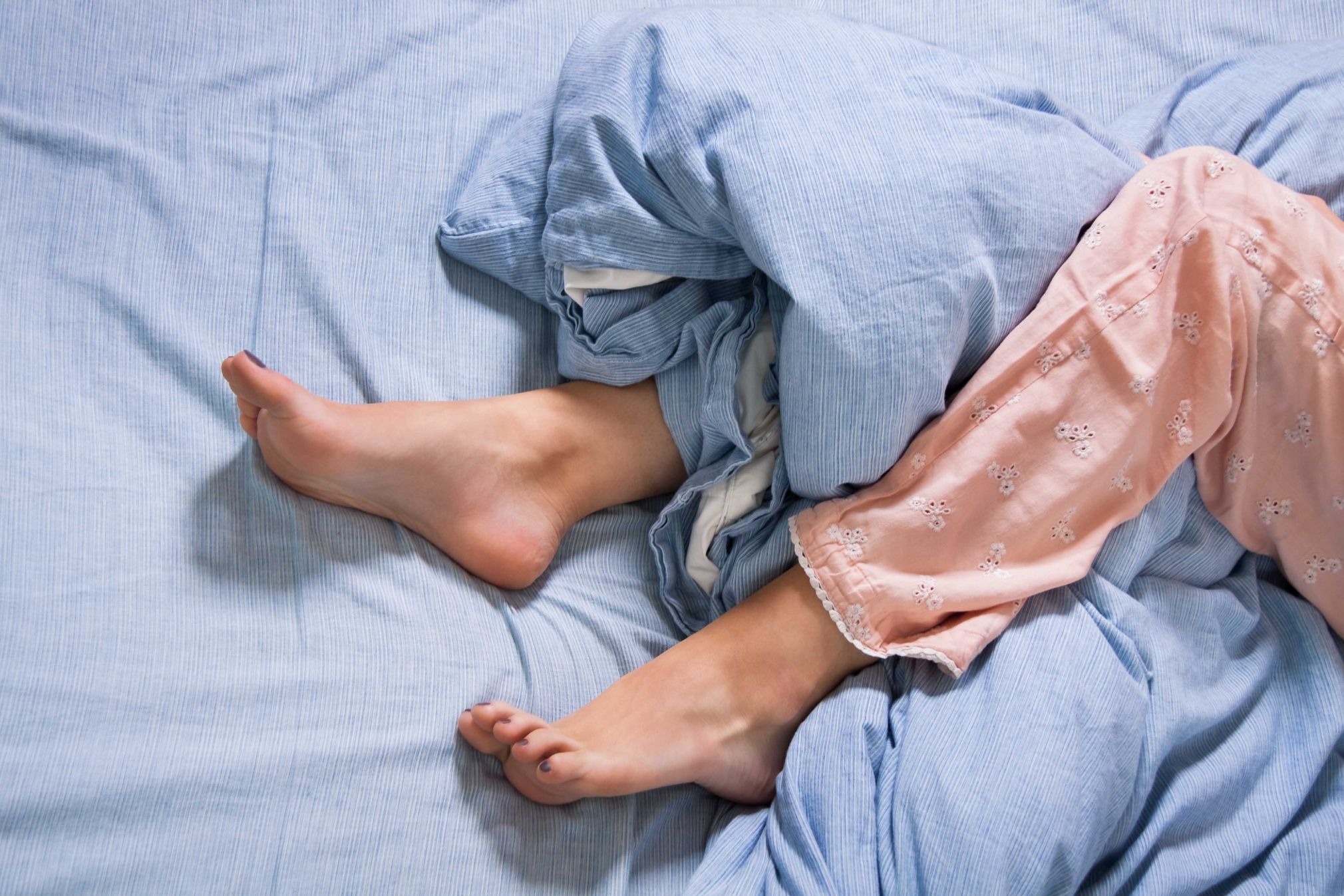
While our bed may feel like a safe haven, your pillows and sheets may actually be a breeding ground for dust mites and germs. Your bed collects all the skin you shed, drool as well as body sweat. This makes it a conducive environment for germs to grow.
To prevent your bed from turning into one of the germiest places at home, make sure to wash your bedsheets and pillow cases at least once a week in hot water. Additionally, take a nice shower before you jump into bed at the end of the day.
Keyboard
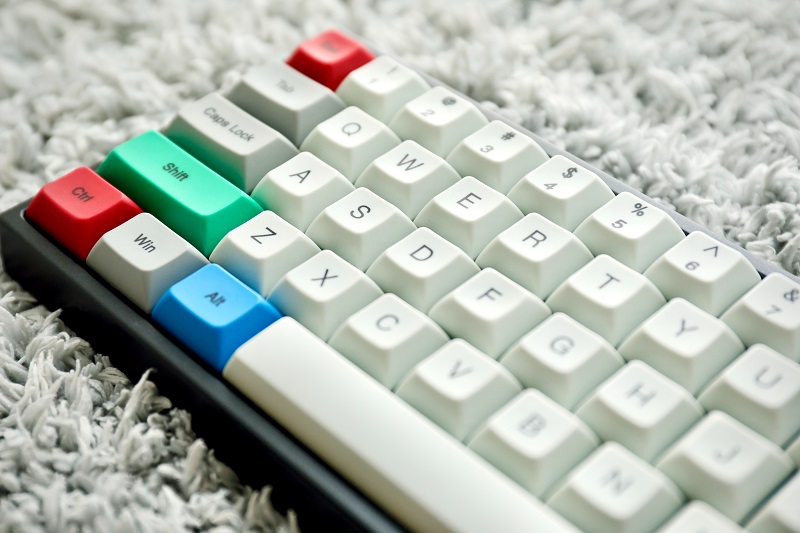
We’re probably all guilty of snacking while we’re working, especially if it’s been a long day in the office. Our keyboards collect all the crumbs from our snacking as well as germs from our fingertips, carried over from whatever we may have been touching before. There are some studies that even show that the keyboard contains more bacteria than the average toilet seat!
The simplest way to keep your keyboard clean is to avoid snacking at your desk. But we all know that’s easier said than done. If you do snack, you can try to clear the debris caught in your keyboard by tipping it upside down. You should also use a damp cotton swab to wipe between the keys.
Kitchen Sponge

Many of the germiest places in your house are found in the kitchen, and it’s no surprise, considering it’s where all the food is. But did you ever expect that the dirtiest item would be the one you use to clean things? Your kitchen sponge accumulates bacteria, yeast and mould if you don’t change it regularly. It is also easy for food particles to get trapped in your sponge if you’re not careful.
Microwave your wet sponge for at least two minutes before you clean anything. Do also replace your sponge every two weeks, so that you can prevent any of that grime from building up over time.
Cutting Boards
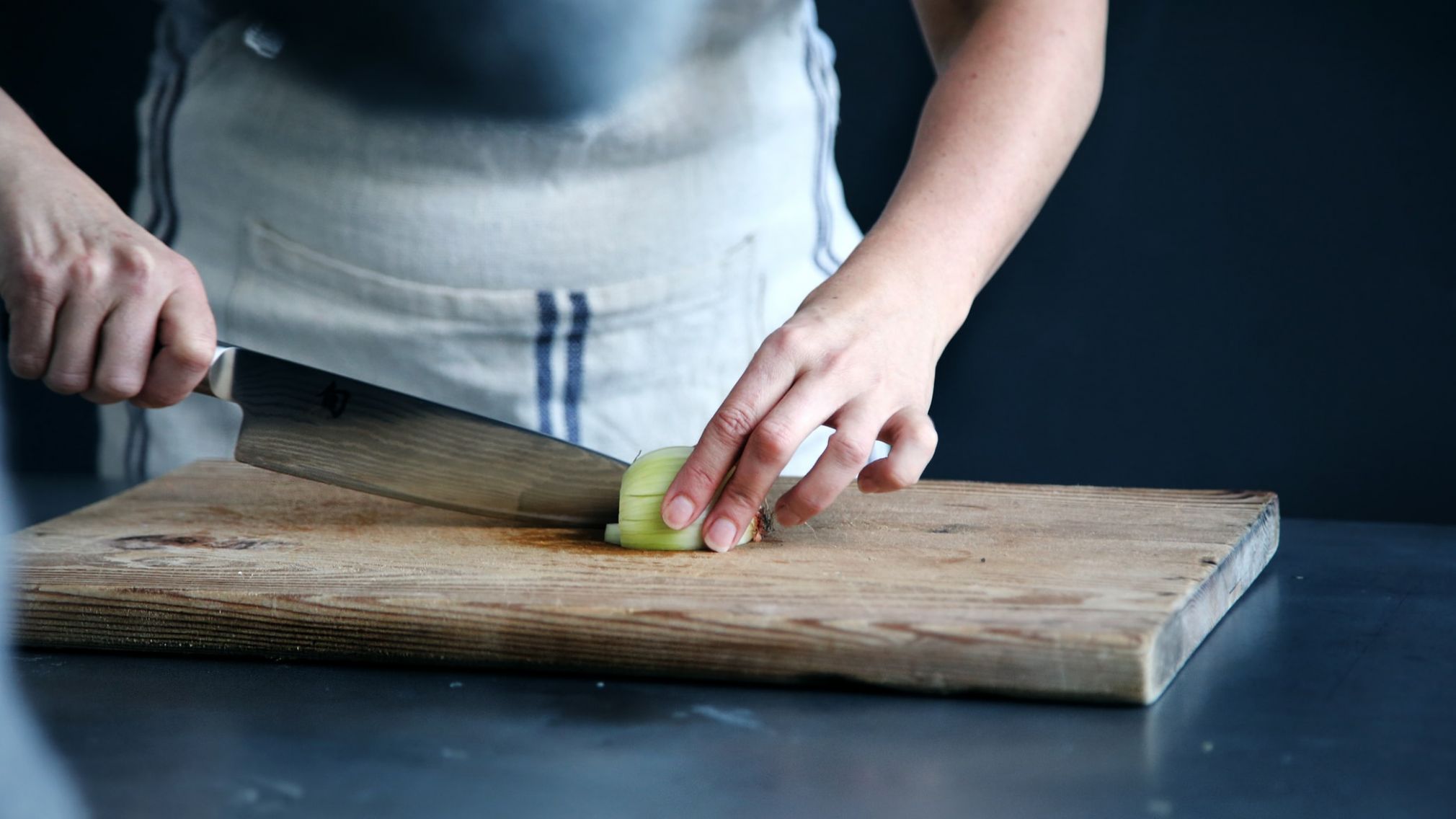
Most of us probably only have one cutting board at home, since we’re not professional chefs. This may result in cross contamination of food, if we swap from raw meat to fresh vegetables without cleaning the board.
If you’re wondering whether the type of cutting board matters, the answer is: it depends! Plastic cutting boards are easier to clean, yet are more likely to be scored from constant use; and bacteria can hide in these grooves. On the other hand, wooden cutting boards are harder to sanitise but are more resistant to such wear and tear.
Instead, get the best of both worlds. It’s best to have two (or more) cutting boards: use a plastic cutting board for meats and a wooden cutting board for vegetables. Make you rinse your cutting board between each item you cut; and let your board dry completely after you’re done using it.
Bath Mat
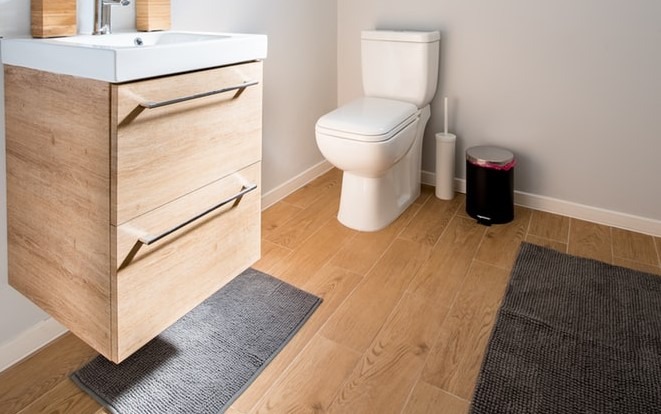
When was the last time you washed your bath mat? You may want to do it soon! Your bath mat may be collecting mould spores and bacteria, without you realising it. The moisture and warmth of your bathroom also makes it a conducive environment for germs to grow, especially if your bath may is constantly getting damp from wet feet.
Wash your bathmat at least once a week to prevent germs from accumulating beneath your feet. You may need to wash it more often, depending on how many people there are in your household.
Make-Up Brushes
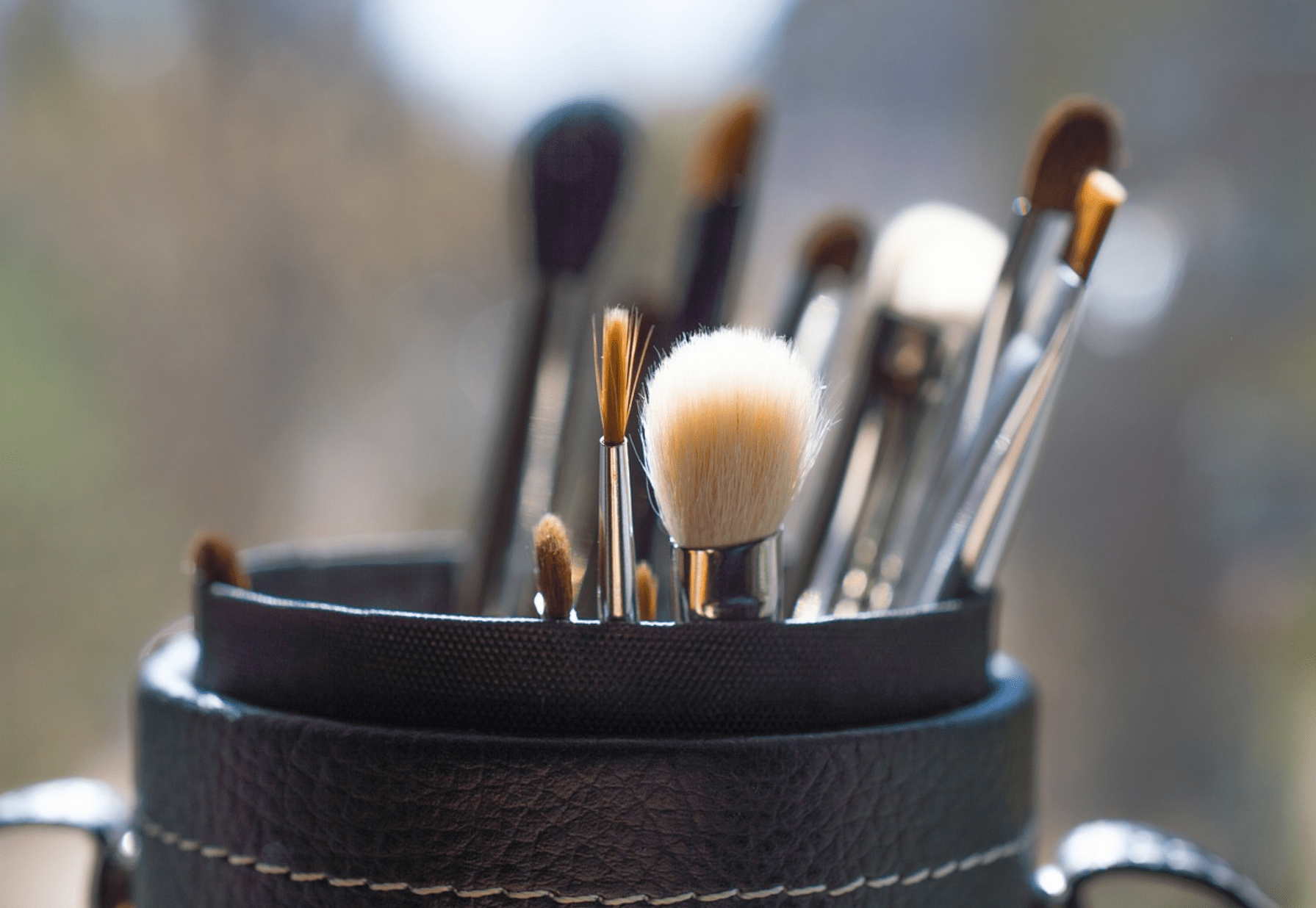
Your make-up brushes and bags can be a cosy place for germs to dwell, especially if you bring them along for dinners and parties. You might want to think twice before you line your eyelashes with old, dirty mascara! More than just causing breakouts, this may also result in bad allergic reactions on your face.
To avoid this, wash your brushes and bags regularly with soap or cleansers. Store your make-up bag in a clean, dry place at room temperature. You should also try to replace your make-up every six months, especially if they are used for your eyes.
While not all germs are bad for us, it’s still good to make sure you’re cleaning these top 6 germiest places at home regularly. Avoiding germs is impossible, but we can reduce the amount in our homes. If you’re suffering from allergies, an eye or skin infection, or seem to be falling sick often, don’t hesitate to consult our doctors and get help within minutes.







